The Dominican Republic Women Who ‘Do Not Exist to the State’
How Haitian migrants and stateless Dominico-Haitians bear the brunt of the Dominican Republic's gender injustice and lack of reproductive health care.
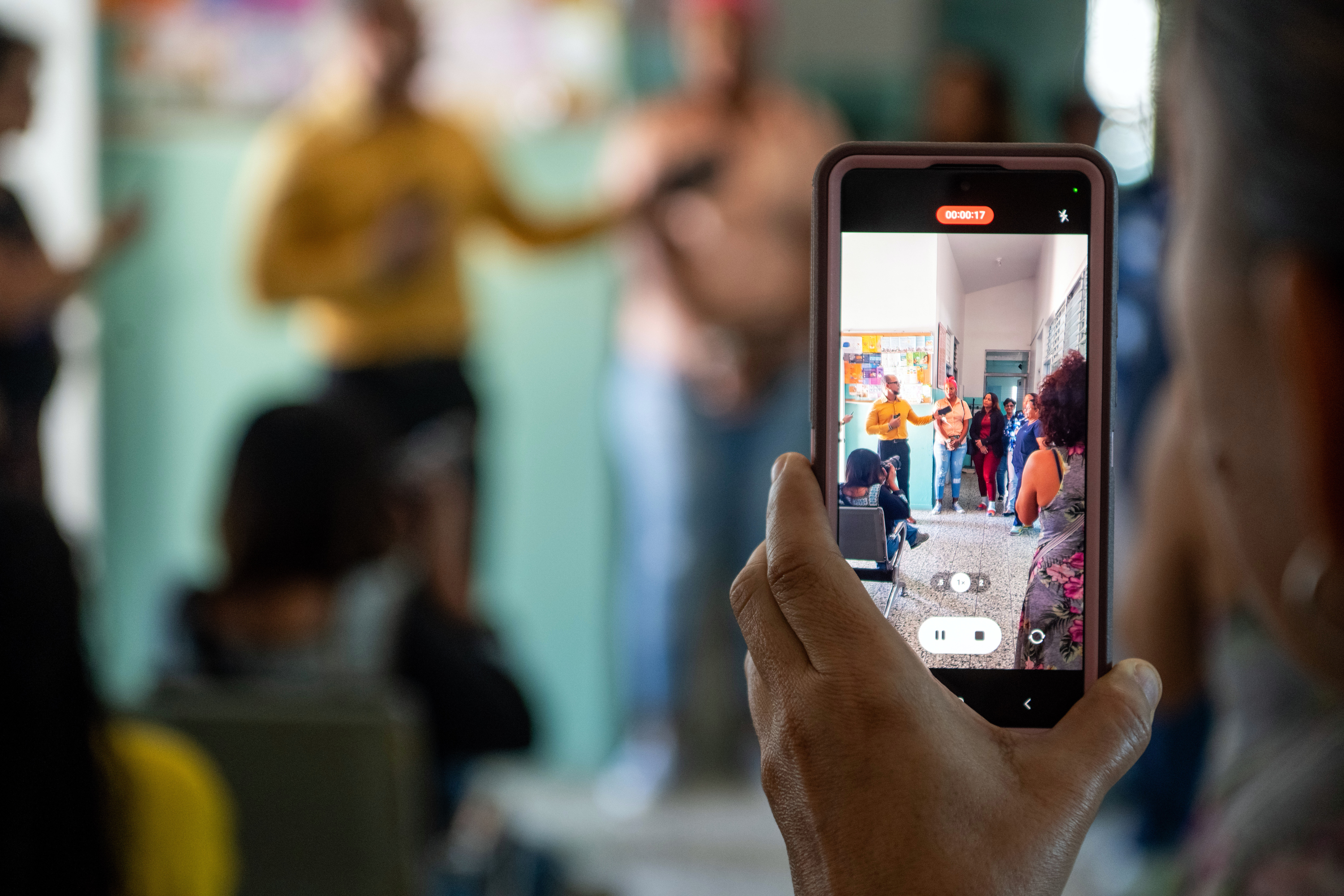
It was a hot, sunny December day in the rural Dominican Republic province of Azua. I was part of a group of journalists traveling with U.S. state lawmakers who were visiting the country to learn about the consequences of its total abortion ban and a range of other gender justice issues.
We were visiting a local primary care clinic to learn about the reproductive and sexual health services available there. The building’s electric blue exterior matched the color of the near-cloudless sky almost perfectly. Inside, the lights were mostly off and fans were running to keep the clinic cool. Staff told us about the steps they’ve taken to make contraception more accessible, including working with local churches and parents to reduce stigma. They showed us the clinic’s separate, private entrance and waiting area for pregnant girls who may be ashamed to be seen there.
It was in that small waiting room that the conversation took a turn.
Six out of every 10 pregnant women who visit the clinic, the head doctor told us, are Haitian. This is no surprise, given that there are many Dominicans of Haitian descent and Haitian-born people who have migrated to the Dominican Republic to work.
Pregnant women may also travel from Haiti to the Dominican Republic seeking health care, because while the Dominican Republic has one of the highest rates of maternal mortality in the Americas—out of every 100,000 live births, 107 people die of pregnancy-related causes—that rate is more than three times higher in neighboring Haiti.
But then the doctor went on. “They say they’re Dominican,” he said. “But they don’t speak Spanish.”
To anyone familiar with the history of the Dominican Republic, and with its history of antihaitianismo, or anti-Haitian racism, this is a chilling statement.
In 1937, on the orders of dictator Rafael Trujillo, the Dominican military murdered thousands of Haitians and Dominicans of Haitian descent, many of whom had come to the country to work in sugar cane fields in accordance with Trujillo’s own policies. Soldiers reportedly used the pronunciation of the Spanish word for parsley, “perejil,” as the test of someone’s origin, because the word is difficult to pronounce for speakers of Haitian Creole or French. More than 20,000 people are believed to have been murdered, though death toll estimates vary widely.
Antihaitianismo has never faded. In fact, many people I spoke with in the Dominican Republic said that the current president, Luis Abinader, has made it worse than ever.
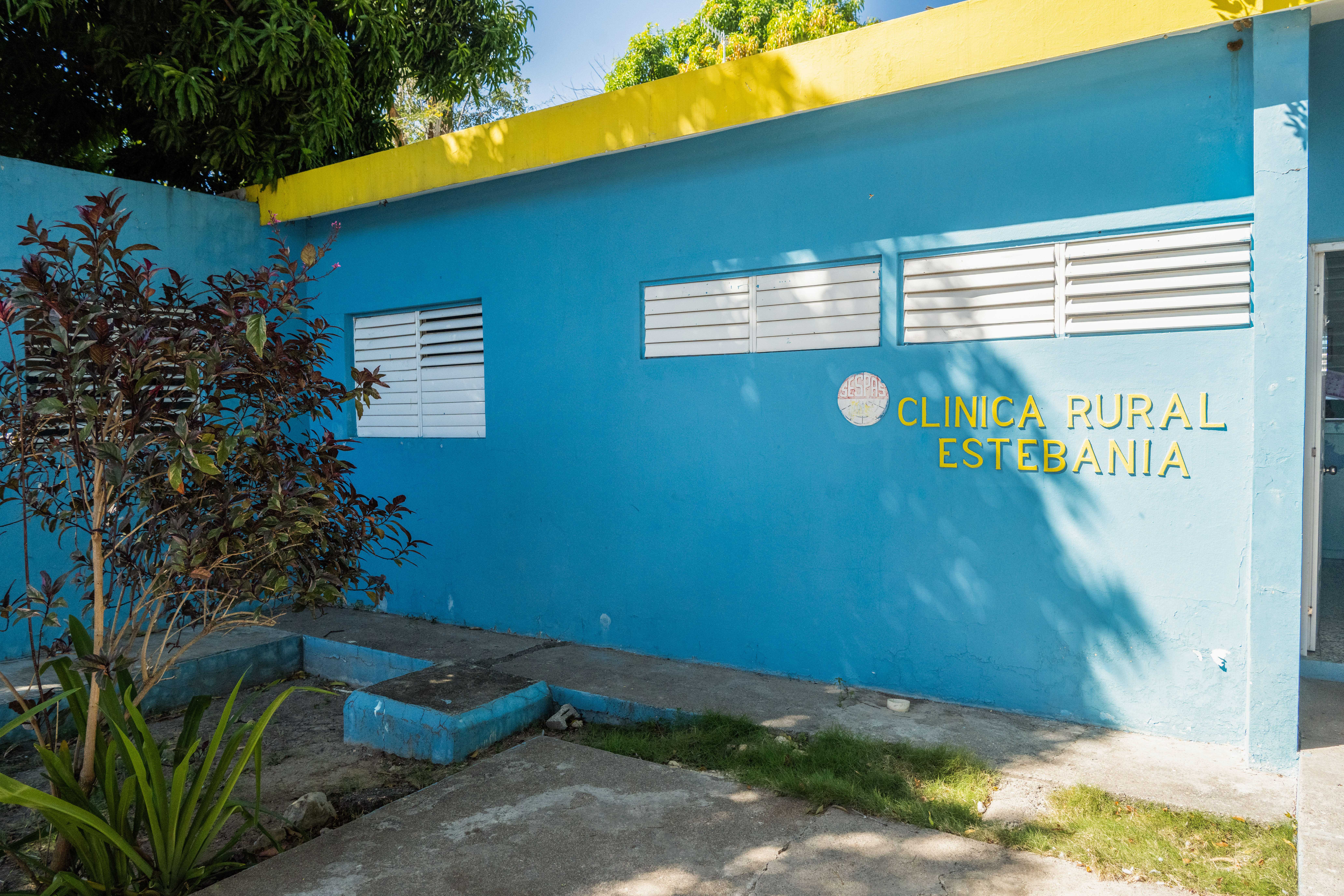
In this Carribbean nation, sex education is sparse, rates of child marriage are high, access to contraception is extremely poor, and the constitution defines life as beginning at conception, meaning that abortion is prohibited with absolutely no exceptions. All of this contributes to high rates of pregnancy-related death and an overall lack of personal freedom for women and girls.
And throughout our trip, it was clear at every turn that Haitian women and Dominicans of Haitian descent face the worst conditions of all thanks to their doubly marginalized status in Dominican society.
History of racism
“People say that Dominicans are racist toward Haitians,” the doctor at the Azua clinic said to us. “But how can we be racist, when we are also Black?”
He then told a common story: That antihaitianismo stems from the Haitian occupation of the Dominican Republic from 1822 to 1844. At the time, Haiti was in dire financial straits after being made an international pariah and forced to pay “reparations” to deposed slave owners after its overthrow of French rule. So the fledgling country invaded the Dominican Republic, in part to prevent France from using it as a base to recapture Haiti.
The occupation was actually supported by many Dominicans along the border, and by members of the lower classes of Dominican society, according to Socialism and Democracy. But Dominican elites, who saw Black Haitians as inferior, resented it. They sought to define Dominicans in opposition to Haitians, as descendants of the Spanish and Taíno indigenous population. In reality, nearly all the Taínos on Hispaniola, the island that is now divided between Haiti and the Dominican Republic, were killed by violence and the introduction of new diseases in the decades after Christopher Columbus established his first settlement there.
However, this construction of a white and indigenous national identity was successful: Contrary to what the doctor said, today most Dominicans don’t consider themselves Black at all. While an article in the MDPI journal Social Sciences reported that as many as 90 percent of Dominicans have African ancestry, according to a 2021 UNFPA survey, only 8 percent identify as Black. Forty-five percent identify as “Indio,” or indigenous.
“We have things happening internally in our country that the government should be paying attention to. Corruption, lack of health, lack of education, violence, femicide. But they don’t say anything about that. They say Haitians are the problem here.”
– Liliana Dolis, Movimiento de Mujeres Dominico-Haitianas’ general coordinator
Generations of Dominican leaders have used antihaitianismo to their political advantage—Trujillo especially, who created a system in which Haitian workers were brought into the country to live in bateyes, or sugar workers’ shantytowns, to provide cheap labor for the sugar cane harvest. Conditions in the bateyes have long been decried by human rights groups, and allegations of forced labor even led the United States to ban the importation of sugar from one major Dominican producer in 2022.
And it’s not just sugar production: The entire Dominican agricultural sector is dependent on Haitian labor. According to a 2020 USAID report, more than one-third of agricultural workers in the Dominican Republic are Haitian-born immigrants. Many more are people of Haitian descent born and raised in the Dominican Republic.
But in 2013, the Dominican Constitutional Court issued a ruling known as “La Sentencia,” or the Sentence, which retroactively stripped birthright citizenship from anyone born between 1929 and 2010 unless they could prove they had at least one parent of Dominican ancestry. This left an estimated 200,000 people, mostly of Haitian descent, stateless.
Theoretically, a 2014 law created a path back to citizenship. But in practice, few people have been able to regain legal status. And Abinader, who assumed office in 2020, stepped up deportations dramatically. In 2022, he boasted about having “repatriated”—in other words, expelled—over 108,000 people of Haitian descent in that year alone. Many of them had never even been to Haiti.
In 2023, Abinader closed the Dominican-Haitian border to migrants and oversaw the construction of a border wall. Human rights groups warned that the pace of deportations also picked up during this time.
Cristiana Luís Francisca, president of the Dominico-Haitian feminist human rights organization Movimiento de Mujeres Dominico-Haitianas (MUDHA), pointed out that Abinader himself is the child of immigrants. But Abinader’s heritage is Lebanese. Only people of Haitian descent are singled out for discrimination, she said.
“They always say that Haitians come here to seek health, to seek education. They are always seeking, seeking when they come here,” added Liliana Dolis, MUDHA’s general coordinator. “They never talk about how Haitians come here to contribute. How they contribute to the economy, how they contribute to development.”
Antihaitianismo is a distraction that allows officials to scapegoat a vulnerable population without addressing real problems, she added.
“We have things happening internally in our country that the government should be paying attention to,” Dolis said. “Corruption, lack of health, lack of education, violence, femicide. But they don’t say anything about that. They say Haitians are the problem here.”
On the drive from the clinic back to Santo Domingo, I looked out the window, watching fields of sugar cane blur by. And then I saw a makeshift sign, spray painted on a large piece of plywood and propped against a fence: HAITIANOS FUERA. Haitians out.
‘You are a person who, practically, does not exist to the state’
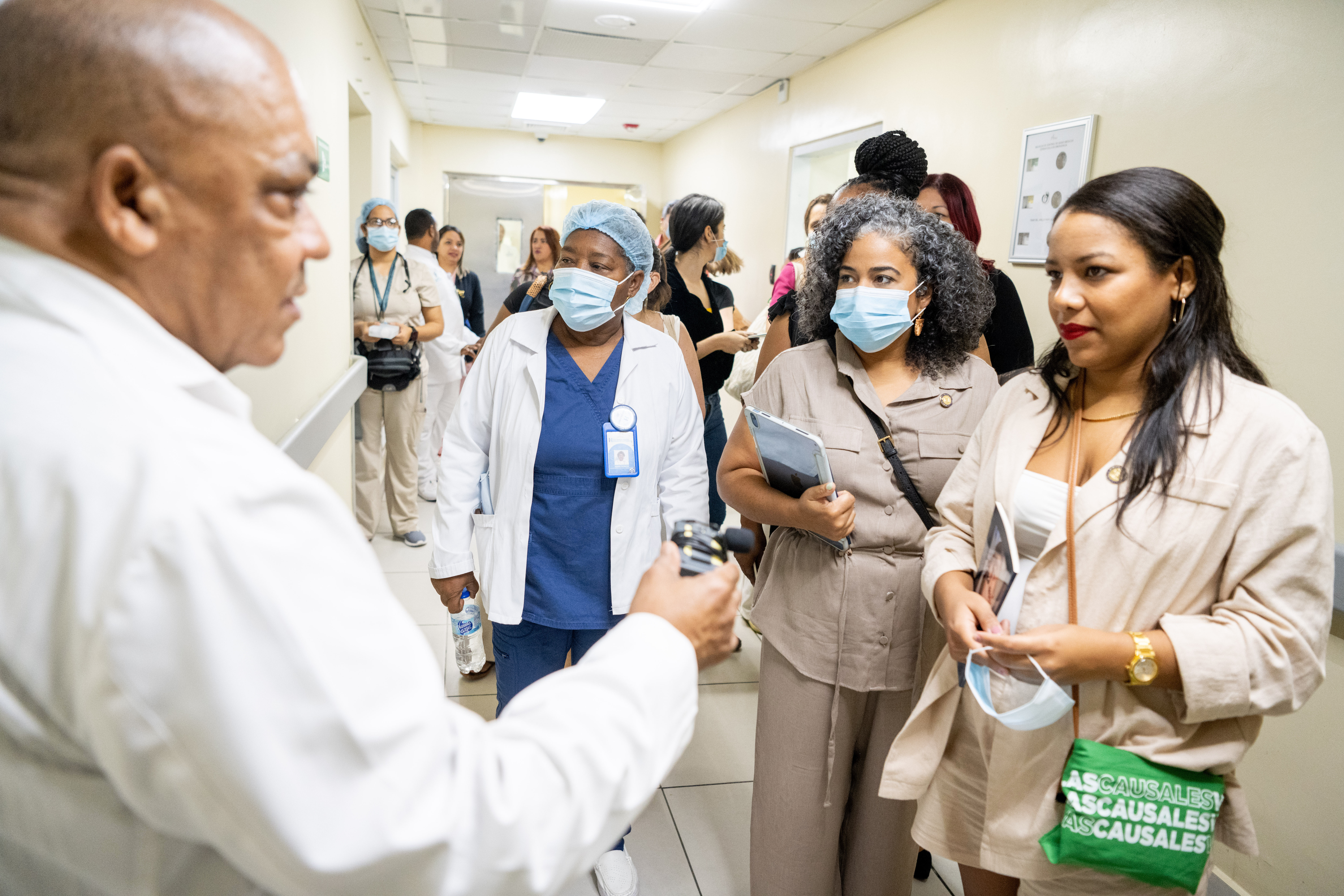
Statelessness makes Dominico-Haitians vulnerable to exploitation and abuse, Dolis said.
“When you don’t have citizenship, you don’t have the right to anything,” Dolis said. “You are a person who, practically, does not exist to the state.” Dominico-Haitians who were stripped of their citizenship can’t attend school, travel, or get legal documentation for their children, she added. And many avoid seeking medical care.
Antihaitianismo is common among medical professionals and among virtually all authorities in the country, said Luís Francisca.
“Even in an emergency, some people would prefer to stay home rather than go and be shamed, stigmatized, or verbally abused by medical professionals,” Dolis said.
But mistreatment at the hands of medical professionals is only one concern. Another one, for Haitian migrants and stateless Dominico-Haitians, is that going to the hospital could lead to their arrest and deportation. In September, the United Nations decried a rash of deportations of pregnant and postpartum Haitian women.
The Office of the United Nations High Commissioner for Human Rights reported:
The women were allegedly arrested during their medical check-ups by officials of the General Directorate of Migration who conducted raids in public hospitals in Santo Domingo and other parts of the country. Some women were allegedly deported immediately, without an opportunity to appeal the decision. Others were briefly transferred to detention centers before deportation. The experts also received reports that several unaccompanied minors were being deported to Haiti.
“The government is carrying out a campaign on an international level, saying, ‘We have no problems here, there isn’t much racism here,’” Luís Francisca said. “It’s a lie … the immigration authorities are taking pregnant women from their hospital beds.”
At Hospital Maternidad Nuestra Señora de La Altagracia in Santo Domingo, the country’s largest maternity hospital, a doctor said staff there don’t report undocumented patients to the police. But once the patients leave, he said, they can’t stop police from arresting them.
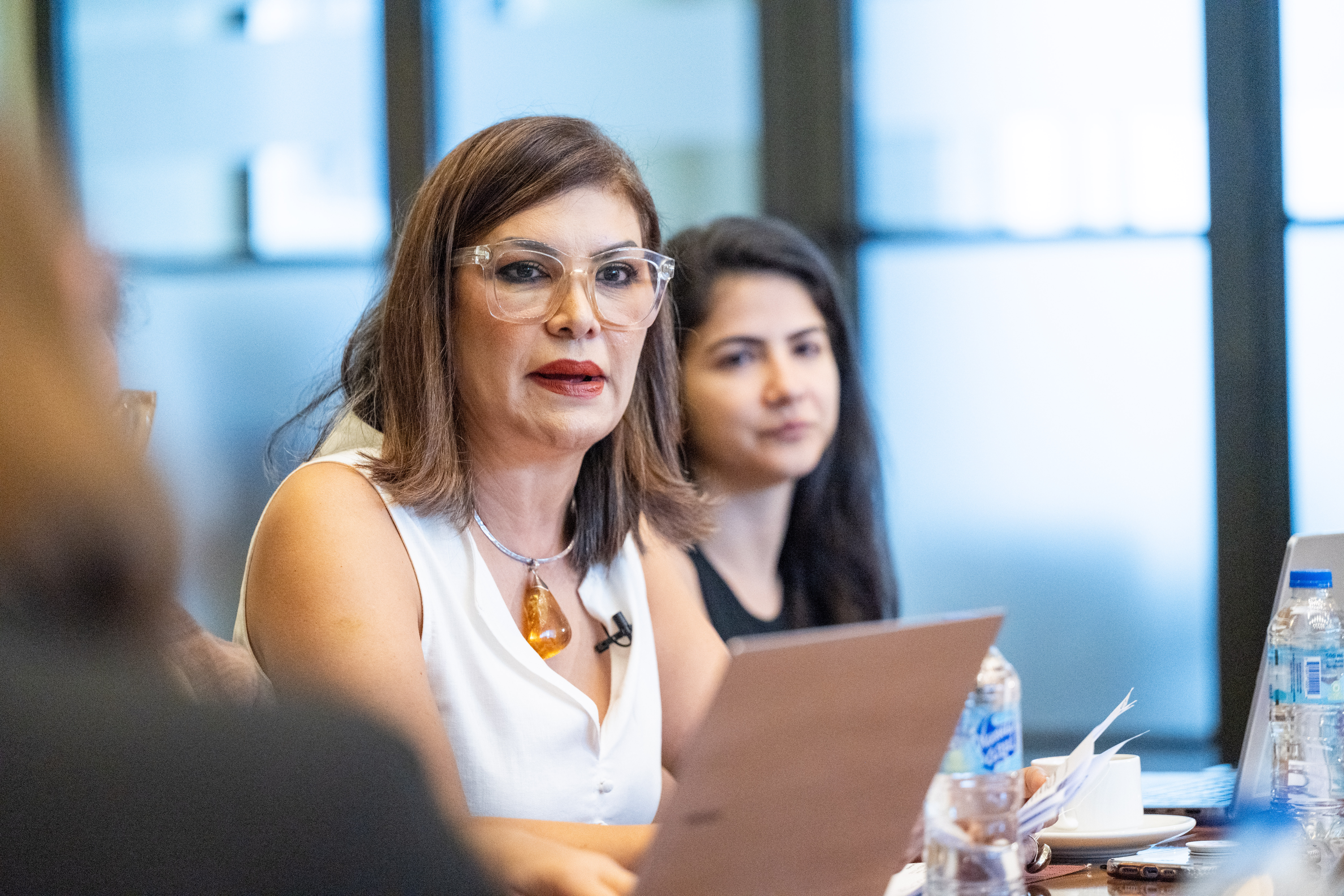
According to prominent feminist activist and physician Lilliam Fondeur, who briefed us in Santo Domingo, over 40 percent of maternal deaths in the Dominican Republic are among women of Haitian descent. In its September statement, the U.N. pointed out that fear of deportation could lead Dominico-Haitians and Haitian migrants to avoid seeking health care when they need it, further exacerbating this disparity.
Justice for women and girls
Another issue driving the pregnancy-related death rate, economic inequality, and other poor outcomes for women and girls is child marriage: According to UNICEF, as of 2019, 31 percent of women in the Dominican Republic had been married before their 18th birthday. Twelve percent were married before age 15. This is the highest rate of child marriage within Latin America and the Caribbean, and according to the World Bank, 7 in 10 of these adolescents who are married or in early sexual relationships have been pregnant at least once. Though the Dominican Republic outlawed child marriage in 2021, activists, health providers, and girls told us that the ban hasn’t had much of an effect.
“We aren’t aware of any actual cases of prosecution,” Fondeur said. In fact, according to Fondeur, relationships between older men and girls younger than 15 are on the rise. These men are often decades older than the girls they take as their wives.
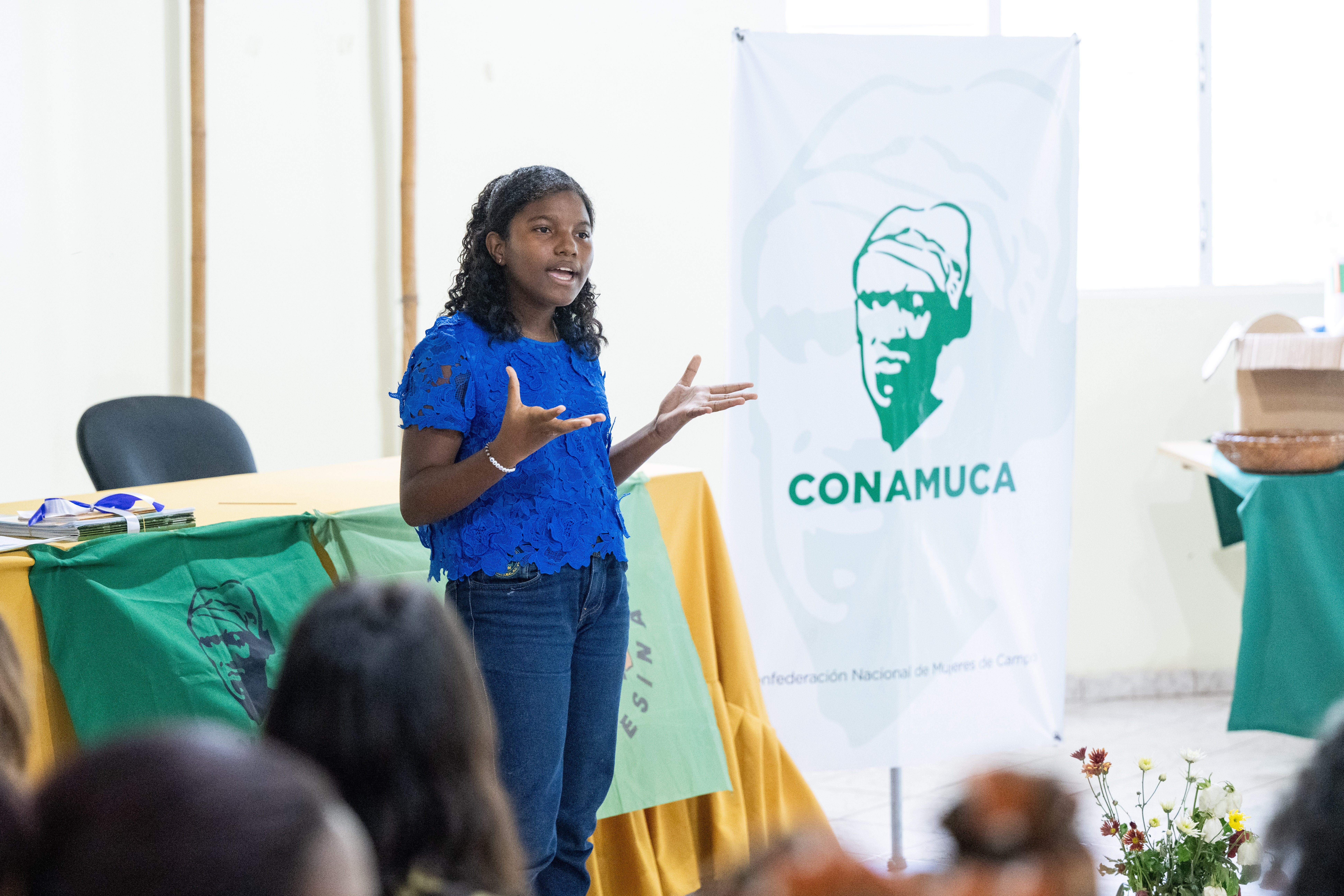
At the Confederación Nacional de Mujeres del Campo (CONAMUCA), an organization headquartered in Azua that defends the rights of rural girls and women and also advocates for land ownership and sustainable agriculture, girls who participate in CONAMUCA’s clubs—where they learn about gender-based violence, sexual and reproductive health, and other topics—echoed Fondeur. Many girls, they explained to us, enter into relationships with older men in an attempt to escape abuse at home. In some cases, parents marry their daughters off due to poverty.
Lack of access to abortion is another significant driver of the maternal mortality crisis. For decades, Dominican feminists have been fighting for the “tres causales,” or three conditions, which would allow abortions in cases of rape or incest, to save the pregnant person’s life, or in cases of fatal fetal diagnoses.
This is a common framework across Latin America’s abortion rights movement, which has come to be known as the “Marea Verde,” or Green Wave. Just a few years ago, abortion was banned almost entirely across Latin America. But recently, countries including Mexico, Argentina, and Colombia have wholly or partly decriminalized abortion, and Ecuador has expanded the exceptions to its ban.
Though Abinader said as a candidate that he backed the tres causales, his administration has yet to do anything to advance them. Feminist activists were hopeful when he took office, said Luís Francisca, but now that Abinader is in power, “he’s not interested.”

Throughout our trip, activists and medical professionals explained to us that Haitian migrants, Dominico-Haitians, and poor, Black Dominicans in general bear the brunt of the abortion ban.
Public hospitals are afraid to help people experiencing pregnancy complications or complications from abortion, both because they don’t want to be accused of violating the law and because they don’t want to be held responsible for a maternal death. However—as is the case virtually everywhere—people with means can travel out of the country to get the abortion care they need, or pay for private clinics, which may be more permissive. But stateless Dominico-Haitians and Haitian migrants are effectively trapped.
Misoprostol, an abortion pill, is available in the Dominican Republic, and activists told us there are accompaniment networks that help people find and use it. But misoprostol is disproportionately expensive, making it yet another thing that may be out of reach for the country’s most vulnerable. And taking abortion pills is still risky: Women who show up to the hospital with incomplete abortions or complications are often arrested right from the hospital, a nurse said.
“People here don’t conceive of health as a right,” she said. And women, especially those who are poor and Black, ”are doubly punished.”
The challenges are immense, but when it comes to relations between the Dominican Republic and Haiti, and the treatment of women in the Dominican Republic, Dolis remains optimistic that things can change—maybe not now, but for future generations.
“I always say that I don’t want to lose hope that this has to—not can, but has to—improve,” she said.
